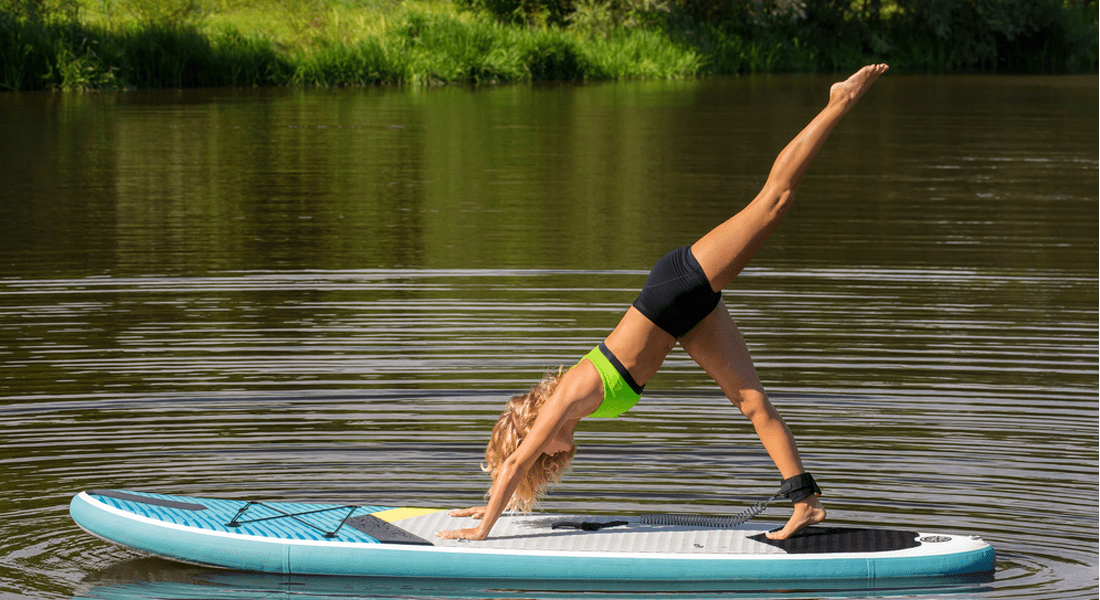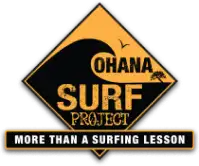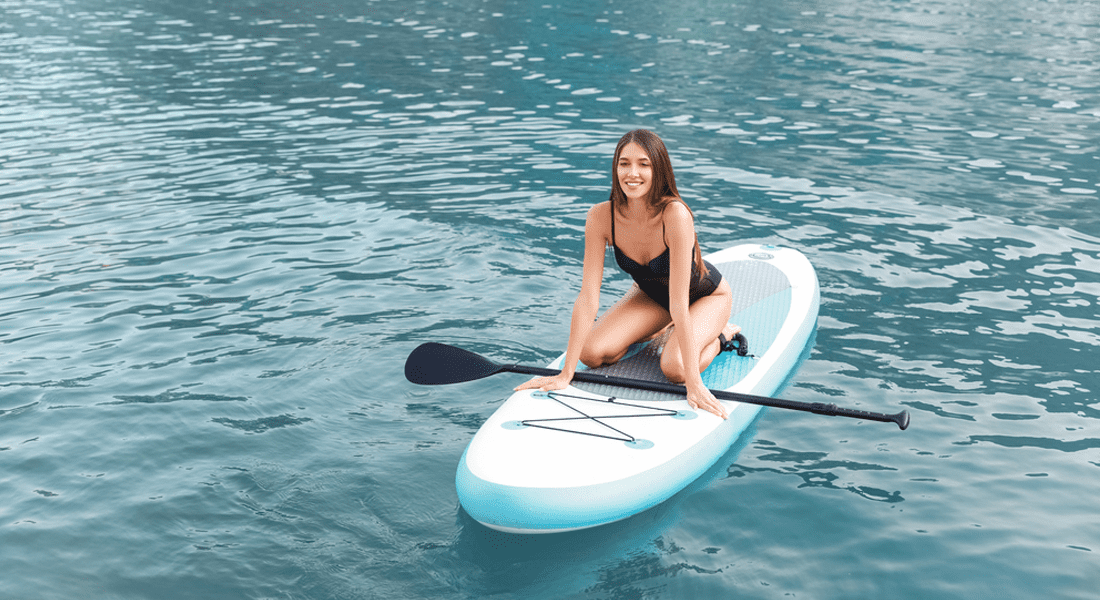
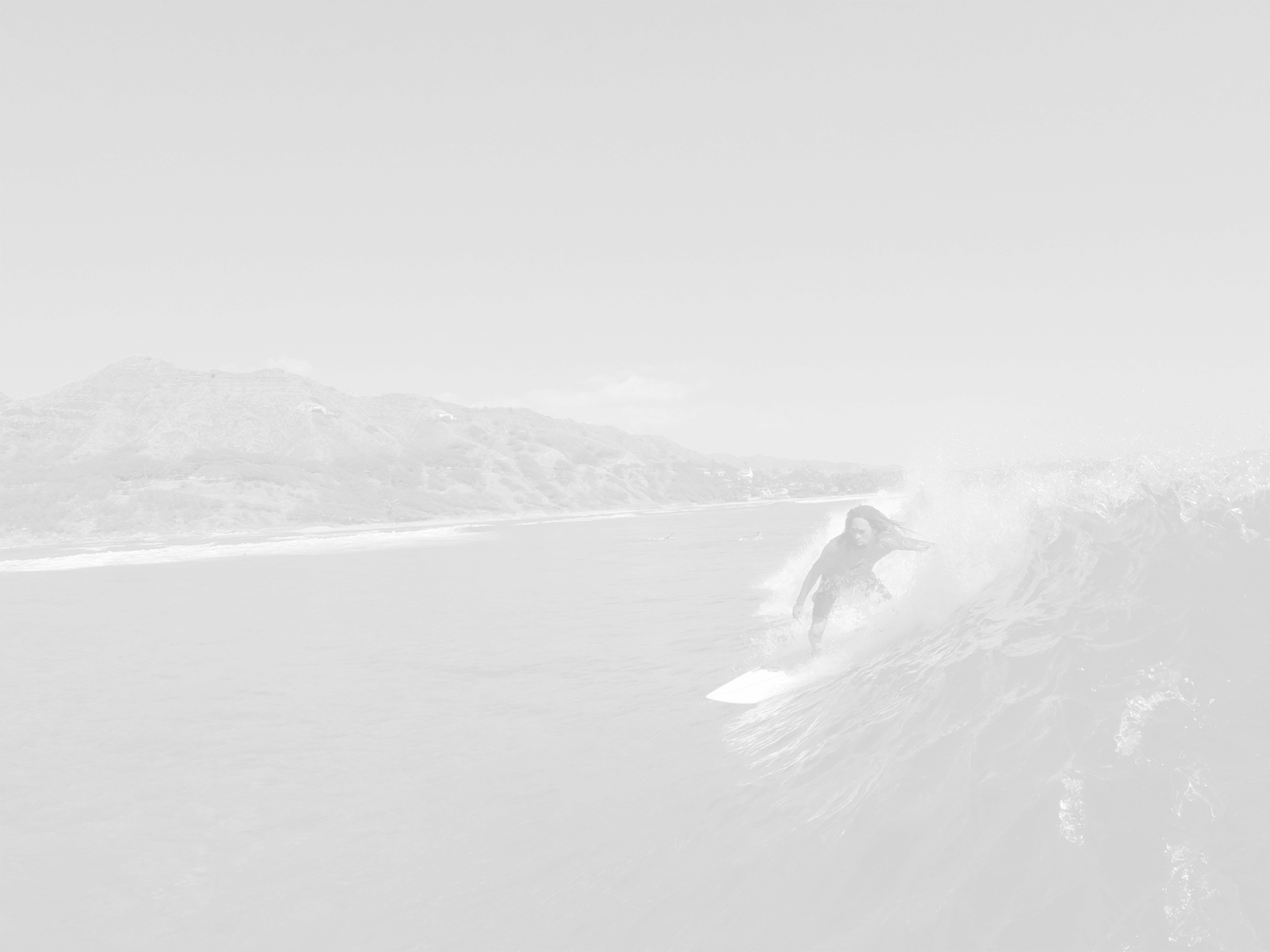
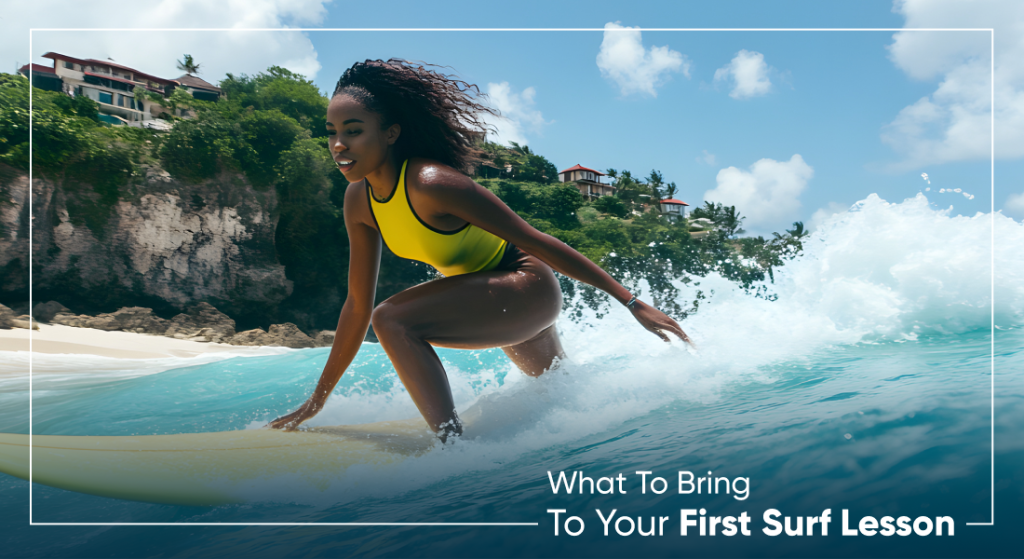

What To Bring To Your First Surf Lesson
Starting your surfing journey is exciting. However, showing up unprepared can make it less enjoyable. Knowing what to bring to surf lessons helps you stay comfortable, safe, and ready to catch your first wave. Be it your swimsuit, rash guard, or sunscreen, packing the right gear makes all the difference.
Here's everything you should bring for your first session.
Swimsuit or Board Shorts
A well-fitting swimsuit is the foundation of your surf gear. For men, board shorts are the best option. They stay in place, dry fast, and allow full movement. Avoid loose shorts with pockets. They can fill with water and weigh you down.
For women, a one-piece swimsuit or a snug bikini with secure straps works well. Surfing involves a lot of paddling and movement, so pick something that stays put. If you’re unsure about your suit, test it in the water beforehand.
Another option is surf leggings or compression shorts. These add protection from the sun and reduce the chances of board rash. Some surfers prefer these for extra coverage, especially in tropical locations with strong sun exposure.
Rash Guard or Wetsuit
A rash guard protects your skin from the sun and board rash. Long-sleeved options offer better sun protection. However, short-sleeved ones work too. If the water is cold, you might need a wetsuit. Your surf school might have rentals, but bringing your guarantees a better fit.
For warm water, a thin wetsuit top or shorty wetsuit adds comfort without overheating. Check the water temperature before your lesson to decide what’s best.
If you’re unsure about wetsuit thickness, a 2mm wetsuit works well for mild temperatures. Meanwhile, a 3/2mm suit is better for cooler conditions. For colder waters, a full suit with booties and gloves might be necessary, but that’s more common for advanced surfers.
Sunscreen and Lip Balm
Sun protection is key when you're in the water for hours. Use a reef-safe, waterproof sunscreen with at least SPF 30. Apply it generously to your face, neck, arms, and legs before heading out. Don’t forget your ears and the back of your knees, as these areas are easy to miss.
A lip balm with SPF helps prevent chapped lips from sun and salt exposure. Keep it in your bag for quick reapplication between waves.
Reapply sunscreen after an hour, especially if you wipe out a lot. Surf-specific zinc-based sunscreens stay on longer and offer better protection. Some surfers also wear surf hats or sunglasses with a retainer strap for added sun protection.
Learn More About Us

Towel and Change of Clothes
After your lesson, you’ll want to dry off and change into something comfortable. A microfiber towel dries quickly and takes up less space in your bag. Pack a loose-fitting shirt, shorts, and flip-flops for after your session. You’ll also appreciate a dry set of underwear, especially if you plan to hang out after surfing.
If your surf spot has limited facilities, a changing poncho makes swapping wet clothes easier. This is especially useful if you’re at a beach with no restrooms or if you’re getting changed in a parking lot.
Water and Light Snack
Surfing is a workout. Staying hydrated is important. Bring a reusable water bottle filled with cold water. Coconut water is also a good choice since it replenishes lost electrolytes. A light snack, like a banana or protein bar, gives you energy before or after your lesson. Avoid anything too heavy. Surfing on a full stomach isn’t fun.
Some surfers pack electrolyte tablets to add to their water, which helps with hydration, especially in hot weather. If you're taking a longer lesson, consider bringing an extra snack after your session.
Surfboard and Leash
Most surf schools offer a board and leash for your lesson. However, if you have your own, bring a foam board or longboard suited for beginners. These boards are stable and make learning easier.
A leash is a must-have for safety. It keeps your board close if you wipe it out and prevents it from drifting into other surfers. Make sure it’s attached to your back ankle for better control. If you’re bringing your own board, check that it has enough surf wax to prevent slipping. Wax is especially helpful if your board has a smooth surface or if the waves are strong.
Wax and Surf Accessories
If you’re using your own board, bring a bar of surf wax to keep the deck grippy. Wax helps prevent slipping and gives better control. Warm-water wax works for tropical locations. Meanwhile, cool-water wax is better for colder conditions.
A surfboard bag protects your board if you're traveling. It keeps it safe from dings and makes carrying it easier. If you’re renting a board, you won’t need one. Nevertheless, it's useful for long-term surfers.
Waterproof Bag or Dry Bag
A waterproof bag keeps your belongings dry while you’re in the water. Store your phone, keys, and wallet inside. Some dry bags come with straps so that you can carry them like a backpack.
If you plan to bring your car keys, a key lockbox is a great option. Lock it onto your car so you don’t have to take your keys in the water.
Positive Mindset and Patience
Surfing takes practice. Your first session might feel challenging, but progress happens with time. Arrive with an open mind and be ready to have fun. Falling is part of learning, and every wave teaches something new. Listen to your instructor, ask questions, and enjoy the process. The more relaxed you are, the better your experience will be.
How Ohana Surf Project Can Help
Ohana Surf Project makes learning to surf fun, safe, and rewarding. Our experienced instructors teach you the basics, from paddling to standing up on your board. We help beginners gain confidence in the water and develop strong techniques.
Our surfing lessons take place in a supportive and relaxed setting. We offer personalized coaching, high-quality equipment, and expert guidance on what to bring to surf lessons. Our goal is to help you enjoy every wave and improve with each session.
Ready to start your surfing journey? Book a lesson with Ohana Surf Project today and ride your first wave with confidence!
OTHER OSP BLOGS

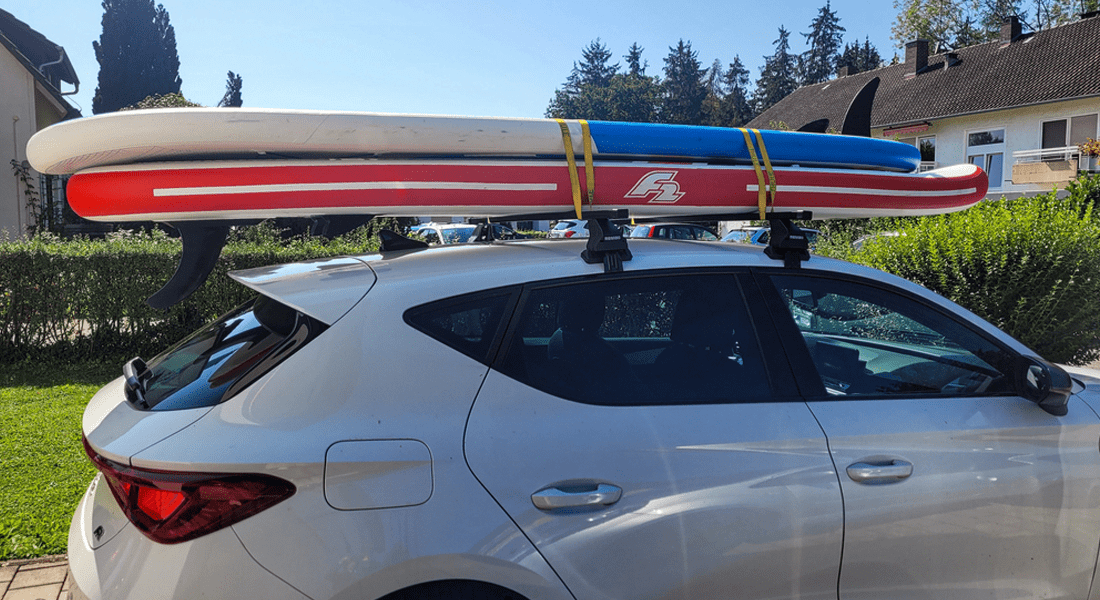
How To Transport Your Rental SUP Board
When you rent a SUP board for a Waikiki adventure, knowing how to transport a SUP board keeps your day smooth from the start. You probably feel excited to reach[...]